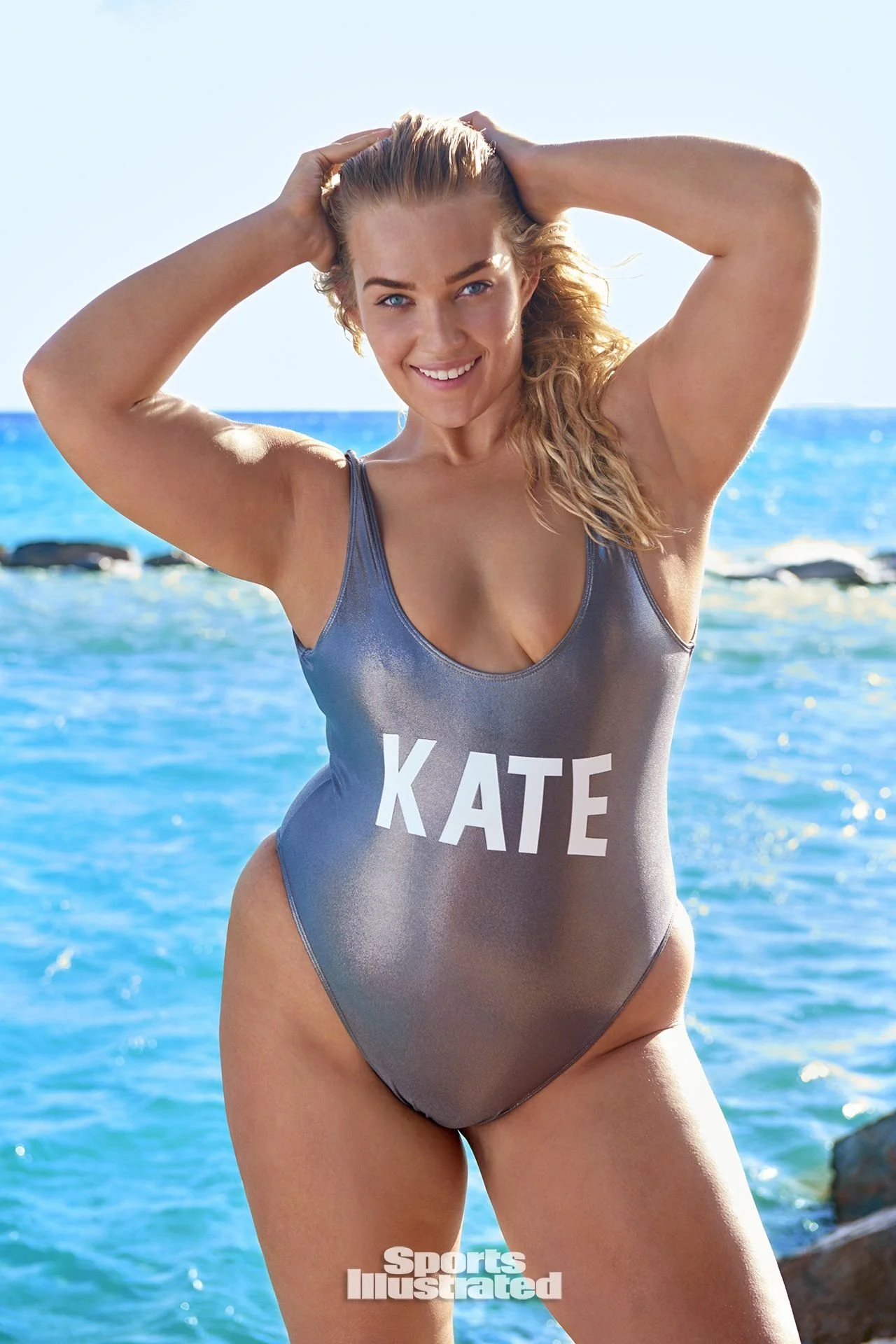Why is body diversity good for brands and good for the modelling industry?
The presence of curvy and plus-size models has led to more positive attitudes about body image, and companies have observed that size diversity and inclusion is better for business as body positivity grows and beauty standards evolve to more properly represent the reality around us.
Considering all we've gained by letting go of a few beauty standards, we're betting that curves are here to stay!
How do we feel when we see diverse body shapes in the media?
The need for more realistic and diverse body portrayals is not new, but in recent years, we've witnessed the emergence of plus-size supermodels, as well as businesses of all types embracing body diversity in advertising. Consumers adore these campaigns, which have received a lot of favourable response.
Body image issues affect people of all sizes, genders, ages, and backgrounds at some point, and feeling represented by the media we consume all day, every day, is something we should all get to appreciate.
Several studies have demonstrated that when we see photos of different bodies, we have better feelings about our own bodies, but we probably didn't need scientists to prove that.
Plus-size supermodels like Ashley Graham, Tess Holiday, and Kate Wasley have dominated catwalks and campaigns, and women of all sizes have flocked to see them.
The actress and activist Jameela Jamil's body positivity account @i weigh is one of many social media groups discussing the harmful effects of narrow beauty standards and the necessity of representation in helping us accept and love our bodies.
What has been seen by businesses?
Given that the typical Australian woman wears a size 14-16, it's surprising that clothing companies have taken so long to include bigger sizes and forms in their inventory, much alone in their advertising.
As brands are always trying to stand out from the crowd of advertising we see each day, including models that aren’t just the traditional body type is a clear strategy to being memorable to customers.
Because plus-size clothing is one of the fastest-growing areas of the apparel market, businesses who produce goods and campaigns that are truly designed for plus-size women are likely to be highly successful.
Consumers have long demanded that advertisers include a wider range of body types in their advertisements.
In this age of #StayAtHome, internet shopping has won yet another win against brick-and-mortar stores, making proper representation of apparel on a range of body shapes a marketing need rather than a nice-to-have.
As the Melbourne-based influencer duo Twice Blessed described, most women have trouble buying clothes online and are frustrated with brands making “it so bloody hard for us to spend our money”.
Diversity in the fashion industry and mainstream media is often turned into a banner for the sake of being politically correct or to avoid backlash. In the same way that a person's worth should not be measured by their size, inclusivity should not be measured by a diversity quota. We can’t have real diversity unless we cater for it.
Mimmynvovo creates a safe environment for clients to capture their brilliance. This is where Sydney models come to build their portfolios and where creatives and companies shoot their editorial work.
Beautiful ladies who adore their curves have a difficult time dressing and adorning them. This isn't because they're insecure; it's because the fashion labels that set the trends, as well as nearly everything else that's hot, don't come in their sizes.
Meanwhile, existing plus-size brands have a one-size-fits-all attitude when it comes to pattern production, excluding women who do not have a 'hourglass figure.'
In truth, how can meaningful change be achieved if a brand or magazine does not truly invest in reflecting diversity — that is, all people – all year round?
The fashion industry has finally recognised the need of inclusion, due to all of the body positive campaigners and voices of reason out there. But why do we have to fight every time we want to work with a model that is larger than the sample size?
At this point, designers who wish to achieve real variety must either give up or spend a fortune on garments in the correct size (if available) that will only be worn once.
Why isn't there enough supply in the sizes that most customers want if demand determines supply?
Even though agencies can recognise talent in the curve modelling area, they can't represent them if they already know their customers (brands and publications) aren't interested in hiring them!
In the media, we advocate for diversity and equitable representation. We've gone a long way, but there are still a lot of prejudices to overcome. The truth is that we still need to see more examples of women in a far wider variety of sizes than we have so far. Fashion companies can survive in the future by producing relevant and stylish apparel for all age groups and sizes, motivating us all to embrace our individual identities and take bold steps forwards.
Size isn't, and shouldn't be, a factor in determining beauty and worth. Including additional body types does not imply reducing standards; on the contrary, it raises them!
